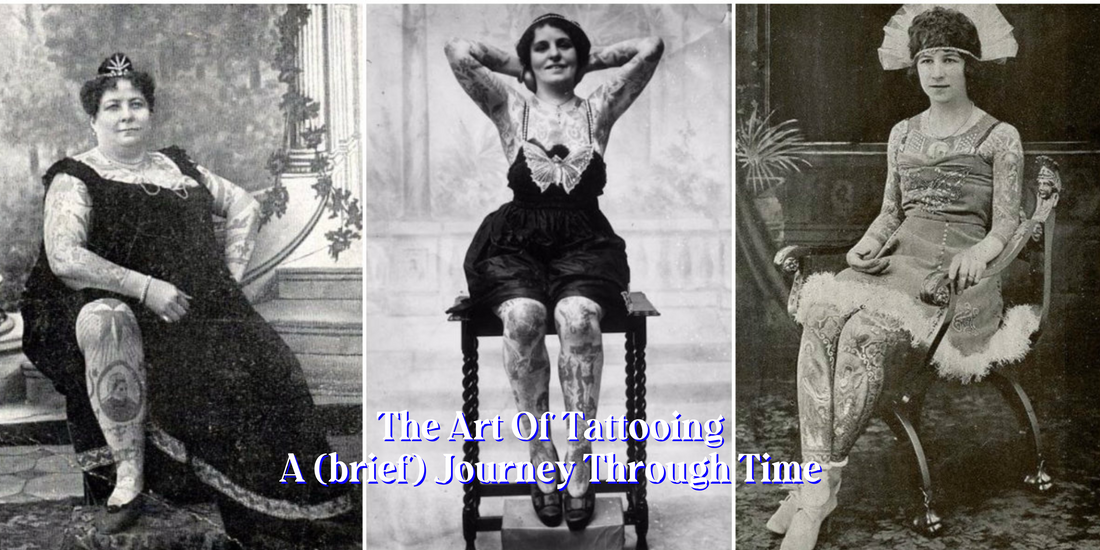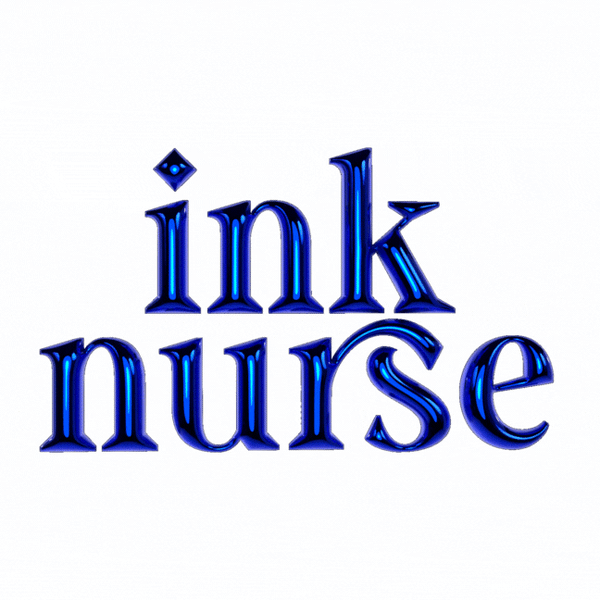
The Art of Tattooing: A (Brief) Journey Through Time 🤓
Share
The Art of Tattooing: A (Brief) Journey Through Time
Tattoos are not just an art form, but a narrative of humanity, carrying a rich and varied history that spans across continents and eras. Here's a look at the intriguing journey of tattoo art from its ancient roots to the mainstream popularity it enjoys today.
A Trace Back to Prehistory
The Art of Tattooing story begins in prehistoric times. Tattoos are thought to have been used as a form of communication among early humans. The oldest documented tattoo belongs to the 'Iceman', Otzi, who lived around 3300 BC. His preserved body features several groups of dots tattooed on his skin, likely for therapeutic purposes.
From Ritual to Symbol of Royalty
Fast forward through the sands of time to the ancient civilisations of Egypt and Greece, where tattoos served as distinctive markers of faith and status. Greek and Roman soldiers used tattoos for identification, while Egyptian women tattooed their bodies as protective amulets, often to guide them through the perilous dangers of pregnancy and childbirth.
In Polynesian culture, tattoos or 'tatau' were deeply woven into the societal fabric, symbolising a rite of passage and social status. Tattooing was also a significant part of Maori culture in New Zealand, known for the intricate facial tattoo practice, Moko. This is still very common in today's society, which we love to see! As cultural heritage and identity can be a beautiful reminder of our roots and identity that can often become lost in modern times.

Shift in the Western World
In the Western world, tattoos underwent a transformation in perception. Once considered a mark of criminality or rebellion, it gradually started gaining acceptance thanks to the influence of popular culture and celebrity endorsement.
Tattooing Today: An Artistic Revolution
Today, the tattoo industry thrives in diversity and creativity. Modern tattoos range from minimalist to hyper-realistic, abstract to tribal, each telling a unique story. Tattoo artists are now revered as true artists, their workplace is often seen as a real life art studio.
As tattooing continues to evolve, so does the importance of tattoo aftercare. At Ink Nurse, we are dedicated to revolutionising tattoo aftercare, ensuring your body art heals perfectly and lasts a lifetime.
Conclusion
Tattoos, through the ages, have been a symbol of identity, a personal declaration, and a form of self-expression. As the narrative of tattooing continues to evolve, one thing remains constant: the human desire to tell their story on the canvas of their skin. The art of tattooing is truly a fascinating journey, one that continues to shape our identity and culture and will for centuries to come.
